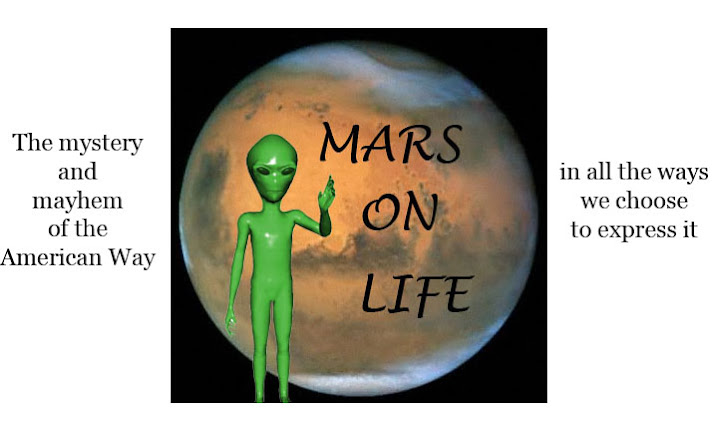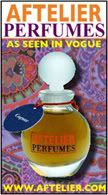To put it graciously, Her Royal Majesty Queen Elizabeth II is not exactly what one would call a clotheshorse. The only relationship one can find between that word and the Queen of England takes the form of a horse blanket.
As befits a person of her station, Her Royal Majesty has always dressed with gentility. And with caution, modesty, and a good dose of immutable discretion, save for the slightly reckless pantsuit she sported on a 1970 visit to Canada.
Last November, British Vogue named the Queen one of the 50 most glamorous women in the world. In doing so, the magazine praised what they deemed her "rustic style." Rustic style referred not to the Queen's public closet, but to the apparel worn at Balmoral, the royal family's Aberdeenshire estate. There, in pursuit of the sporting life,  the Queen suits up in plaid skirts, wool sweaters, and head scarves. If one had to describe the Queen's rural closet in five words or less, one might try some combination of "blitz" and "Pringle of Scotland."
the Queen suits up in plaid skirts, wool sweaters, and head scarves. If one had to describe the Queen's rural closet in five words or less, one might try some combination of "blitz" and "Pringle of Scotland."
The good thing about a wardrobe like this is that it is immune to the vagaries of fashion. No ill wind of PVC leggings or dangling paillettes will ever chill the House of Windsor. The constancy of the royal wardrobe is like warm milk in a world gone mad. The British Empire can rest easy in the knowledge that their titularly head of state will never be caught dead at a scandalous Gareth Pugh runway show.
It was in this country closet that Domenico Dolce and Stefano Gabbana hunted down the inspiration for their Fall 2008 diffusion collection. Diffusion in this case denotes "juniors," meaning that the D & G label is meant for women young enough to be Her Royal Majesty's granddaughters.
A small history lesson is in order: Weekends are a 20th-century phenomenon popularized by the smart set surrounding Edward VIII, he of abdicating the throne for the woman he loved. It was the young David (as the then Prince of Wales was familiarly known) who asked his father for the Fort Belvedere estate. "What do you want that barn for?" King George V asked. "Those bloody week-ends, I suppose!"
Thus was born a pleasurable institution that was quickly adopted by younger royals, including those who would prefer a gun to a gin cocktail. While in the 1930s the weekend dress code might have specified Patou gowns and dancing slippers, the present ruler changed the party dress to patrician kilts and wellies.
Someone at Dolce and Gabbana must have brushed up his royal history, for in the midst of teddibly British skirts and twinsets came what appeared to be a complete absurdity: a triple-sized Russian trooper hat in Prussian blue fur. And then another, and at the end of the show a top styled after a kosovorotka.
For those who have no more than a passing familiarity with traditional Russian peasant wear, a kosovorotka is a long linen tunic with a skewed collar. This was not a sudden nationalistic about-face; the Slavic elements were worked in while the models were still traipsing about Scotland.
Since it was unclear whether hipsters outside the Sloaney Pony would look to the Queen of England for style clues, the last third of the show featured paisley peasants.
The amateur genealogist would immediately applaud the designers' knowledge of royal ancestry: Queen Victoria's favorite granddaughter Alexandra of Hesse married none other than Nicky Romanov, both later shot by the Bolsheviks in the unglamorous Siberian city of Ekaterinburg.
To further unwind the spool that is European royalty, Tsar Nicholas was himself first cousin to Queen Victoria's son King George V.
Whether this stylistic fusion was historically intentional is as mysterious as the abrupt appearance of hemophilia in Queen Victoria's male descendants.
After the first look, a literal interpretation of Balmoral-wear, Dolce and Gabbana showed the funhouse version. This involved plaid acrobatics, imperative tartans, and a blue fur jumper that Queen Elizabeth would likely draw a bead on and shoot between the eyes. There was a good deal of semiotic confusion as the collection went in the rough direction of Minsk. When the headscarf traversed borders and topped mock-folkloric costumes, it became less to the manor born and more the signal of a color-blind refugee. Although clothed in velvet, these neo-peasants appeared to have dressed under the influence of a psychoactive agent.
Since the two themes were oppositional, the looks did not coexist in grace-and-favor coherence. Despite the lack of successful unification, there was a liberal immigration policy at work.
Unlike its political equivalent, thematic harmony is overrated.
Wednesday, February 20, 2008
Milan Fashion Week: Those Bloody Weekends
Labels:
D and G Milan Fashion Week 2008
Subscribe to:
Post Comments (Atom)









10 comments:
I applaud their House of Windsor geneology skills. But the collection itself.... not so much...
An interesting idea, D&G marrying the different royal costumes that way. It's a cool, esoteric look, but I wonder how much of this plaid-and-paisley will make it into the stores, and further, out onto the street.
You know you're in trouble when not even SB can find something to salvage! No Cookie Monster jumpers will appear on the Bubble!
enc, I liked that kosovorotka-inspired tunic at the end of the show. I don't really suppose that anyone at D & G considered the Russian connection, but as a former student of history it immediately came to my mind.
Well, I like the royalty connection, of course.
Suzanna, how do you know all of this? I can't believe that you can whip up publication-worthy articles like this on a whim.
Thanks you for the history and fashion lesson. You had me chuckling throughout with your wit and wisdom.
Ali, dear, not as random as it looks. Just a rogue literacy spanning 25 years of whimsical reading coupled with the retentive memory of a very ancient gorilla.
First of, I hope with all my might your daily writing routine will never cease.
Then, I have to say I myself am a fan of the Queen's week-end wardrobe, however I would never have expected this sort of inspiration from this couple. Whether it's poisonous mushrooms or plain lack of vision, I do not know, but they keep pushing me away.
But what I hate the most is the idea of endless piles of my dear plaid in every sickening high-street shop!
xx
PS. I'd never choose guns over gin! God save the gin!
Ingenious interpretation of a rather unappealing collection. Thanks, K
I envy your recall. I wish I could remember the history I studied.
i like the idea of bringing in different royal attire, and tieing it into a harmonic collection, but the pieces themselves are far from applaudable.
It's great to have a story or idea behind the collection, but at the end of the day, shouldn't dolce & gabbana have thought of the commercial appeal of their collection?
Post a Comment